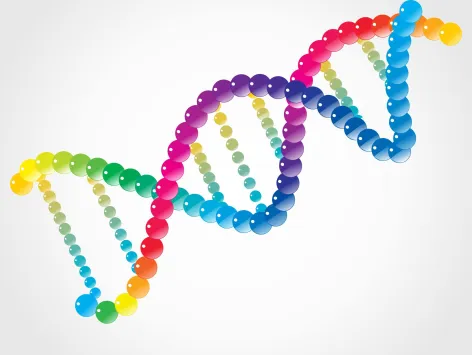The corpus luteum is a temporary endocrine structure that forms in the ovary after ovulation.
- The oocyte is released from the ovarian follicle through follicular rupture. Ovulation, the process of ovum release, typically takes place approximately 14 days prior to the commencement of the subsequent menstrual cycle.
- Following the process of ovum extrusion, the Graafian follicle undergoes a transformation into the corpus luteum. The corpus luteum contains a yellow pigment known as lutein.
- The corpus luteum undergoes growth over a brief period of time. Should fertilization of the ovum and subsequent implantation take place, the corpus luteum will persist in its growth. However, in the absence of fertilization, the corpus luteum will only endure for approximately 14 days.
- The gland is responsible for the secretion of progesterone. Upon reaching the conclusion of its functional lifespan, the corpus luteum undergoes degeneration, resulting in its transformation into a fibrous tissue mass known as the corpus albicans, colloquially referred to as the “white body.” This scar persists within the ovary for the entirety of the female’s lifespan.
FALLOPIAN TUBES (OVIDUCTS)
The topic of discussion pertains to the anatomical structures known as the fallopian tubes, also referred to as oviducts.
- There exists a pair of elongated structures, measuring approximately 10 cm in length, which are ciliated, muscular, and tubular in nature. These structures extend from the ovaries to the uterus. Each individual is suspended by the mesosalpinx. The fallopian tube is anatomically divided into four distinct segments:
- The term “infundibulum” refers to a specific anatomical structure. The anatomical region of the oviduct in proximity to the ovary is referred to as the infundibulum, which exhibits a distinctive funnel-like shape. The infundibulum is characterized by the presence of finger-like projections known as fimbriae along its edges. Fimbriae facilitate the retrieval of the ovum following the process of ovulation. The infundibulum is connected to the abdominal cavity through an opening known as the ostium.
- The term “ampulla” refers to a specific anatomical structure. The infundibulum serves as a conduit to a broader segment of the oviduct known as the ampulla.
- The term “isthmus” refers to a narrow strip of land that connects two larger land masses, typically separating The structure in question is the isthmus, which is characterized by its intermediate size, slender shape, and possession of cilia.
- The uterine component. The internal and constricted region that is situated in the upper portion of the uterus is referred to.
The process of transporting the ovum or zygote towards the uterus is facilitated by peristalsis and ciliary action. Fertilization takes place at the point where the ampulla and isthmus intersect.
- The uterus is a reproductive organ found in female mammals. The structure in question is a sizable, hollow, muscular, extensively vascularized, and pear-shaped organ located within the pelvic region, positioned between the bladder and rectum. The structure in question is suspended by a mesentery known as the mesometrium. The structure consists of three components.
- The term “fundus” refers to a specific anatomical region or structure. The upper dome-shaped region located superior to the ostium of the fallopian tubes.
- The second section of the paper is the body. The structure in question represents the central and predominant region of the uterus.
- The cervix. The lower, narrow portion referred to as the cervix is anatomically situated between the body of the uterus at the internal os and the vagina at the external os. The structure in question is comprised of the most robust muscle known as the sphincter.
The wall of the structure consists of three distinct layers: the outer peritoneal layer known as the perimetrium, the middle layer composed of smooth muscle fibers called the myometrium, and the inner layer characterized by its high vascularity and glandular composition, referred to as the endometrium.
The location where fetal development occurs throughout the duration of pregnancy. Additionally, it plays a role in the development of the placenta and facilitates the expulsion of the fetus during parturition.
VAGINA
The anatomical term “vagina” refers to the muscular canal in female mammals that extends
- The structure in question is a lengthy cylindrical organ measuring approximately 7.5 centimeters in length, composed of both fibrous and muscular tissues. The structure in question extends posteriorly towards the rectum and anteriorly towards the cervix, ultimately reaching the vestibule. The structure in question is a vascular tube that is internally lined by a mucus membrane. This tube is characterized by the presence of transverse folds known as vaginal rugae.
- In the female who has not engaged in sexual activity, the vaginal opening is obstructed by a thin, membranous barrier known as the hymen. This barrier undergoes central perforation during puberty, allowing for the passage of menstrual flow, also known as menses.
- The vagina serves a dual purpose as both a copulation canal, facilitating the reception of sperm from the penis during sexual intercourse, and as a birth canal during the process of parturition.




